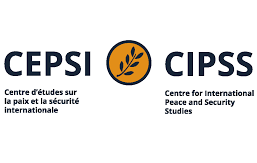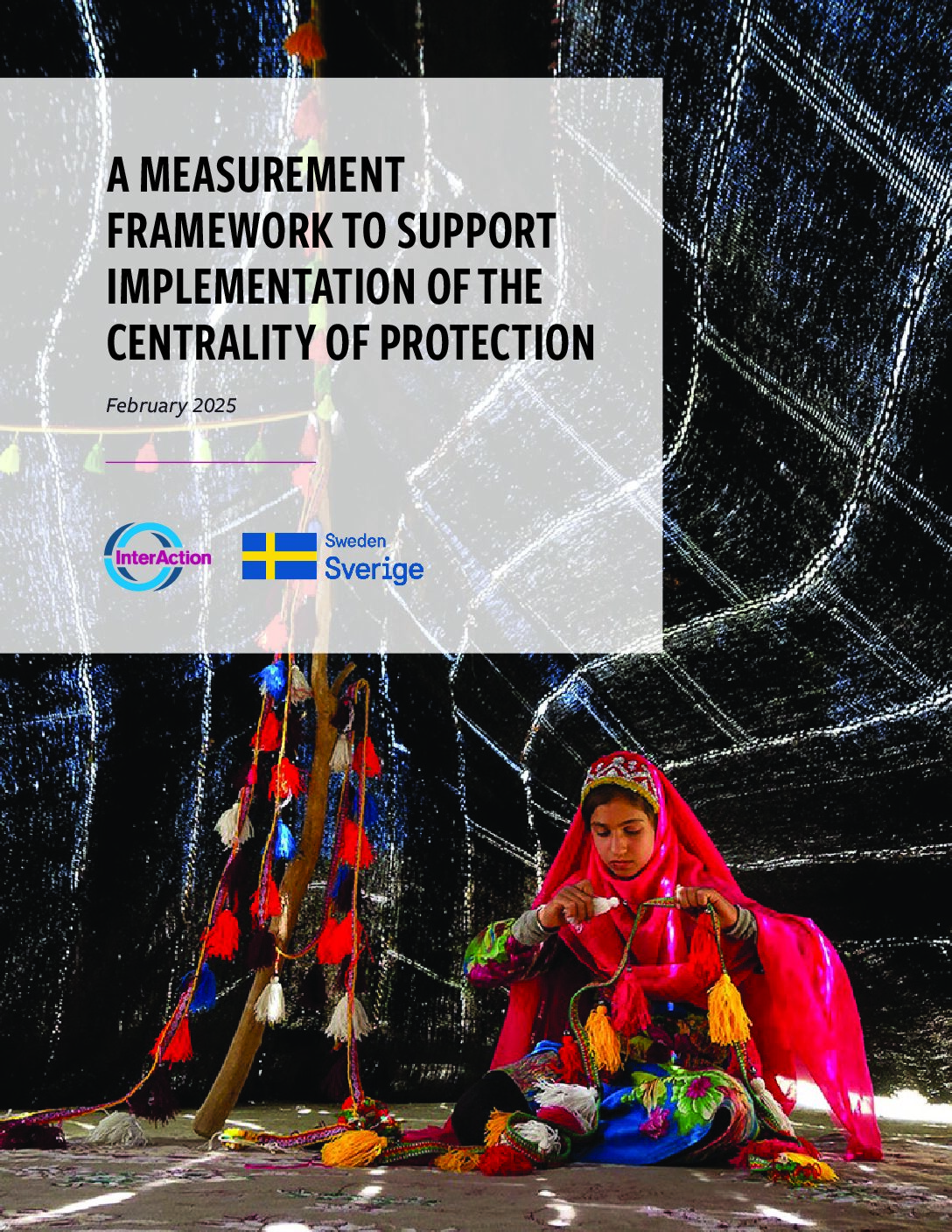This article as part of the openDemocracy blog series on Evaluation and Human Rights highlights Oxfam’s protection programme in the Democratic Republic of the Congo (DRC), its engagement of Community Protection Committees to identify and address threats and measure milestones of change.
…being able to gauge success (or lack thereof) will clearly have an impact on how we proceed in future crises
This underscores the criticality of starting with the affected population in order to inform a robust, context-specific protection analysis and build on community solutions. In addition, the approach of outcome mapping may be one approach used to support a context-specific theory of change whereby the process of identifying the series of small but meaningful changes in stakeholders, and subsequently adapting or modifying programming, supports a problem-solving approach.
With a focus on identifying changes in different stakeholders (called Boundary Partners) that a programme ‘expects to see’, ‘would like to see’ and ‘would love to see’, Outcome Mapping has supported Oxfam’s Protection Team in identifying the series of small but meaningful changes in stakeholders.


